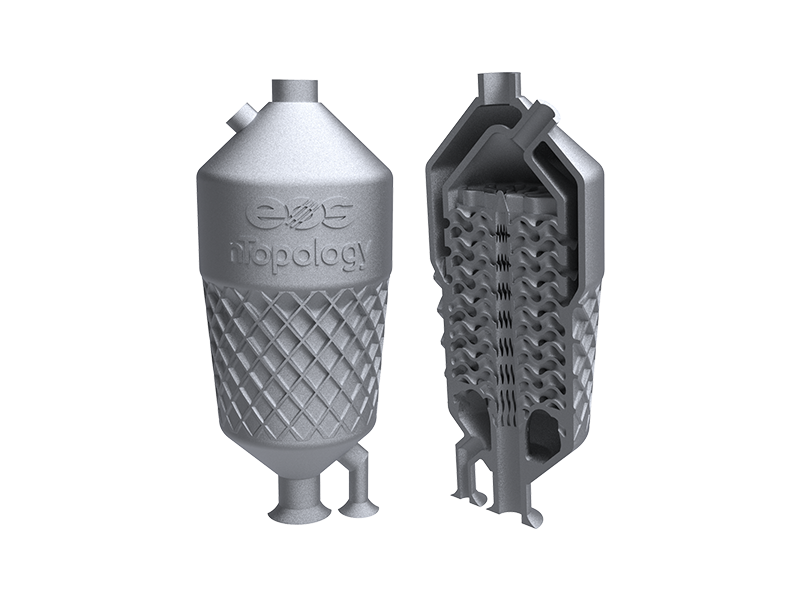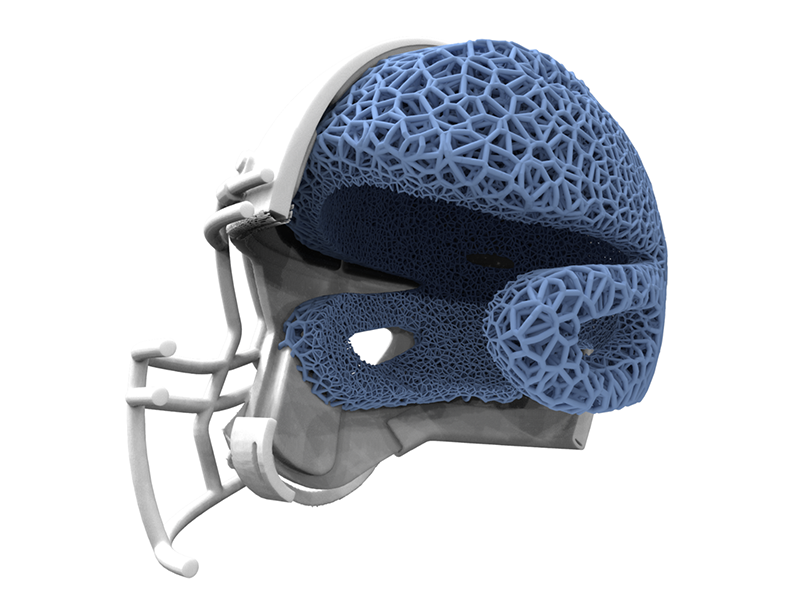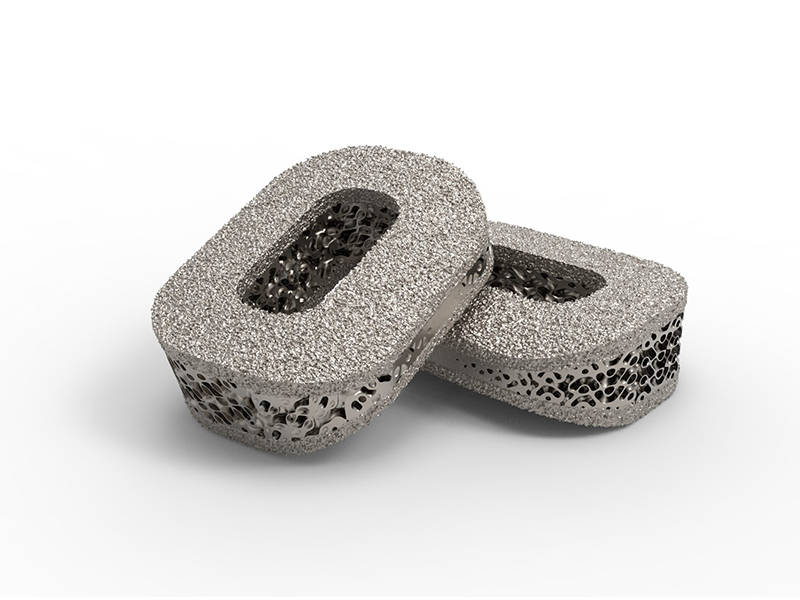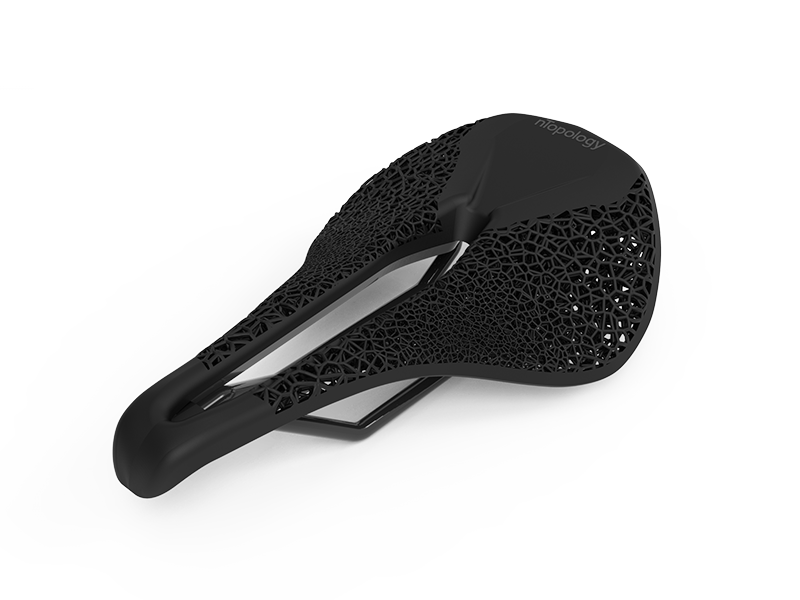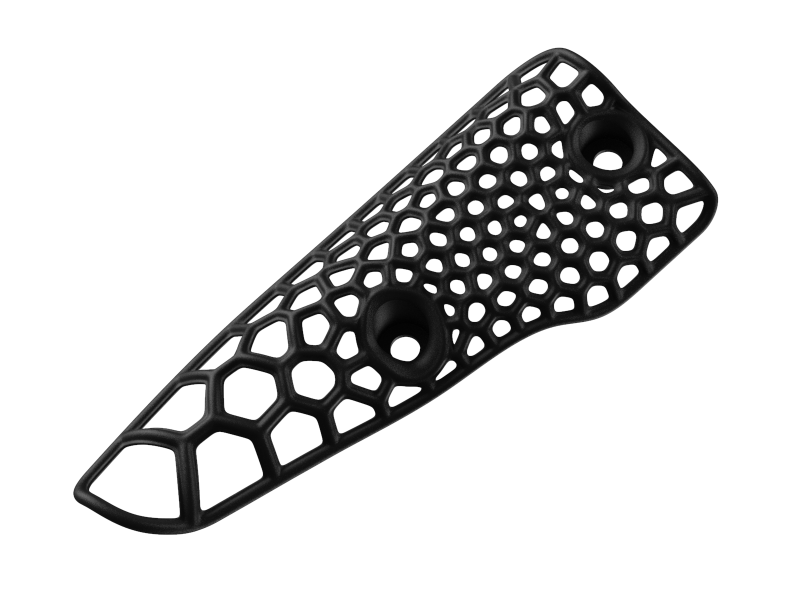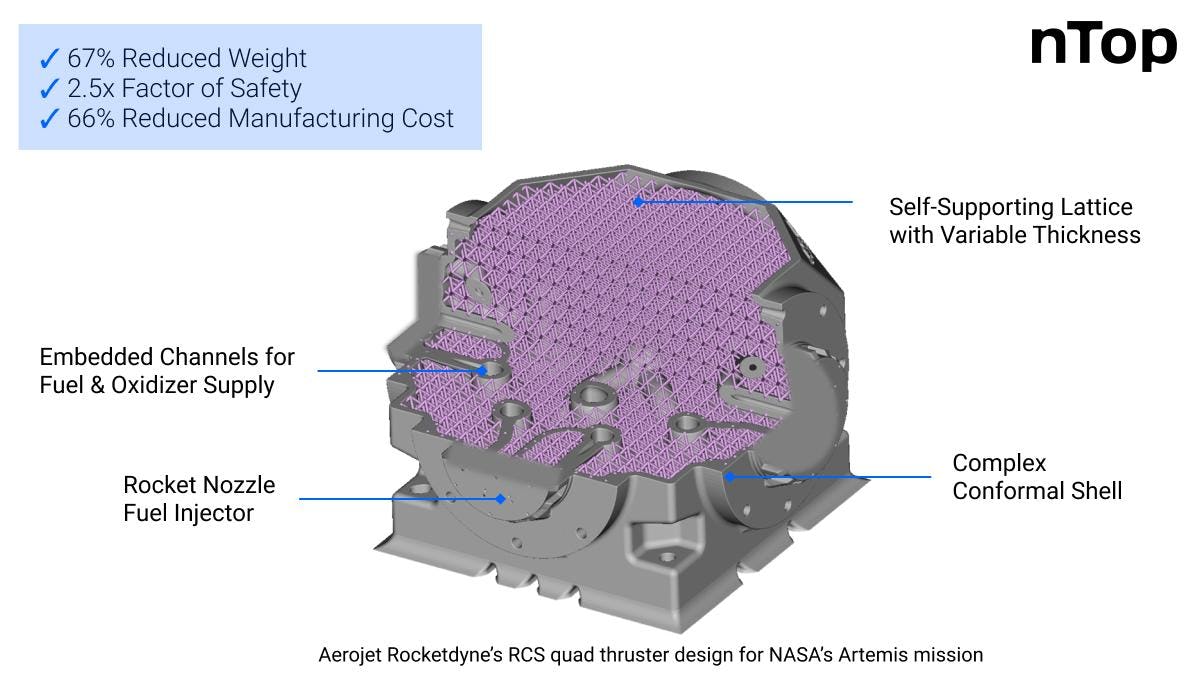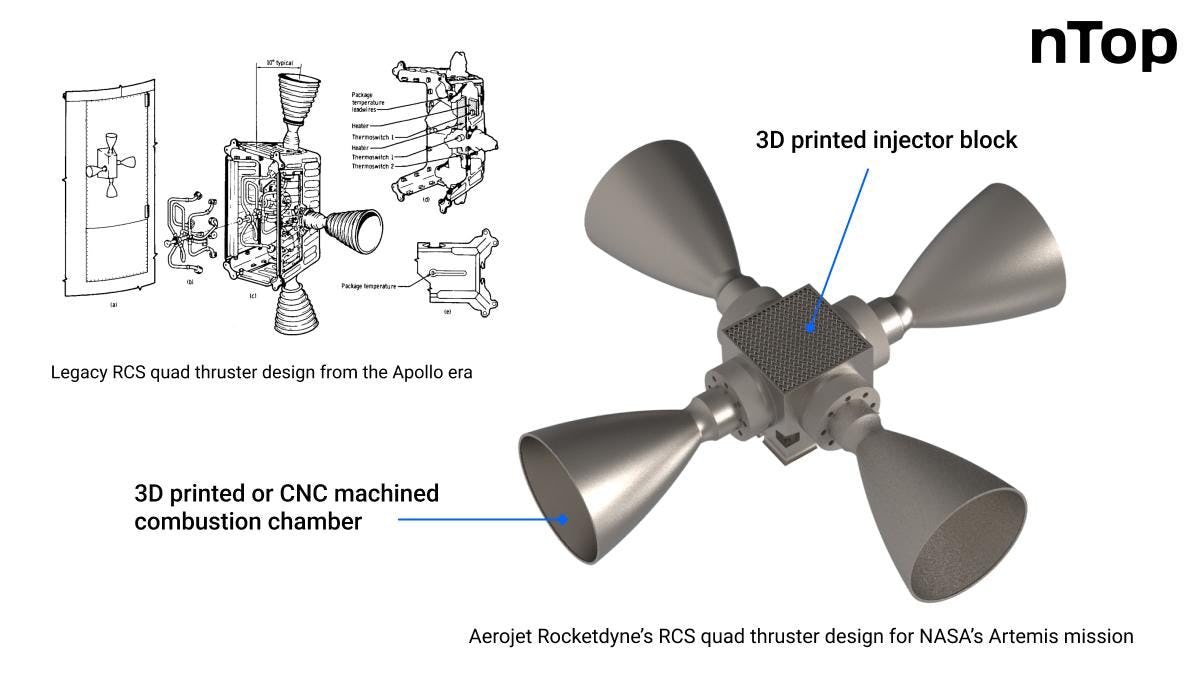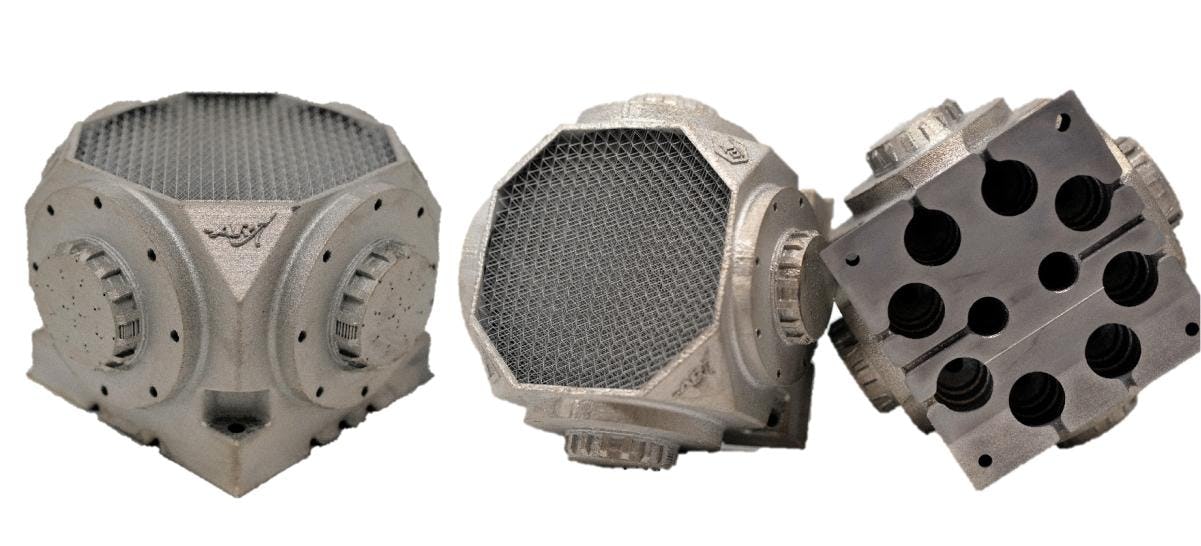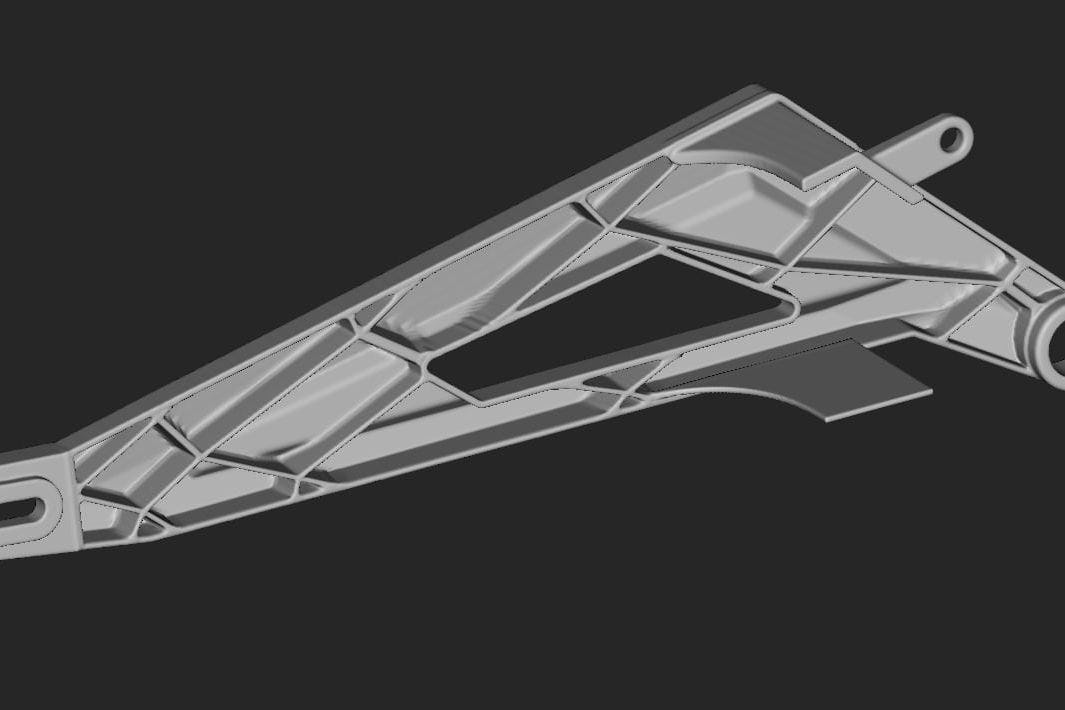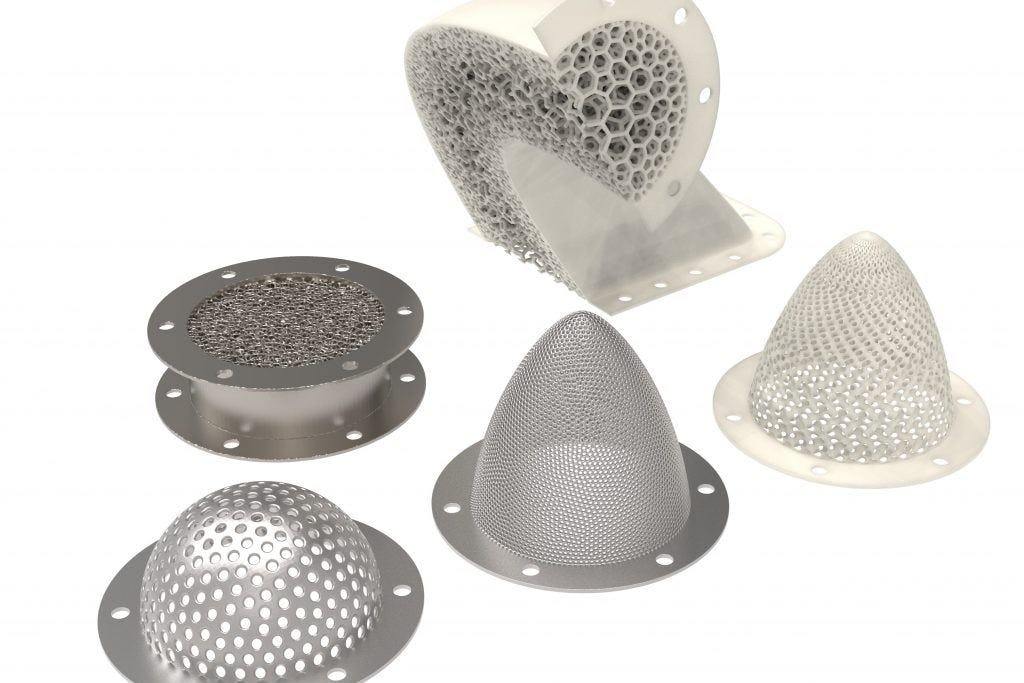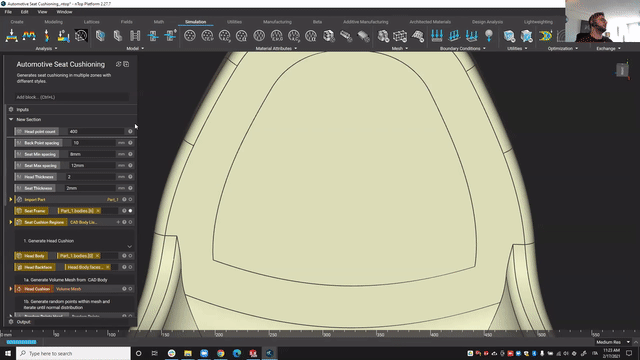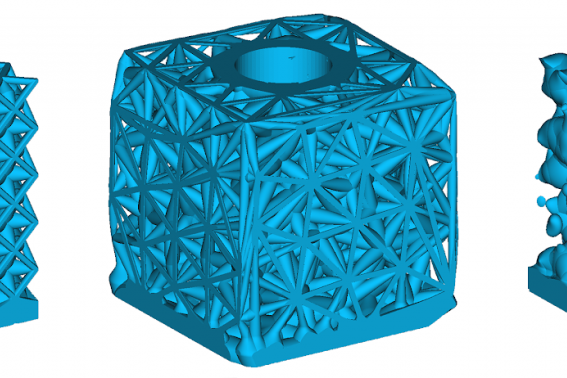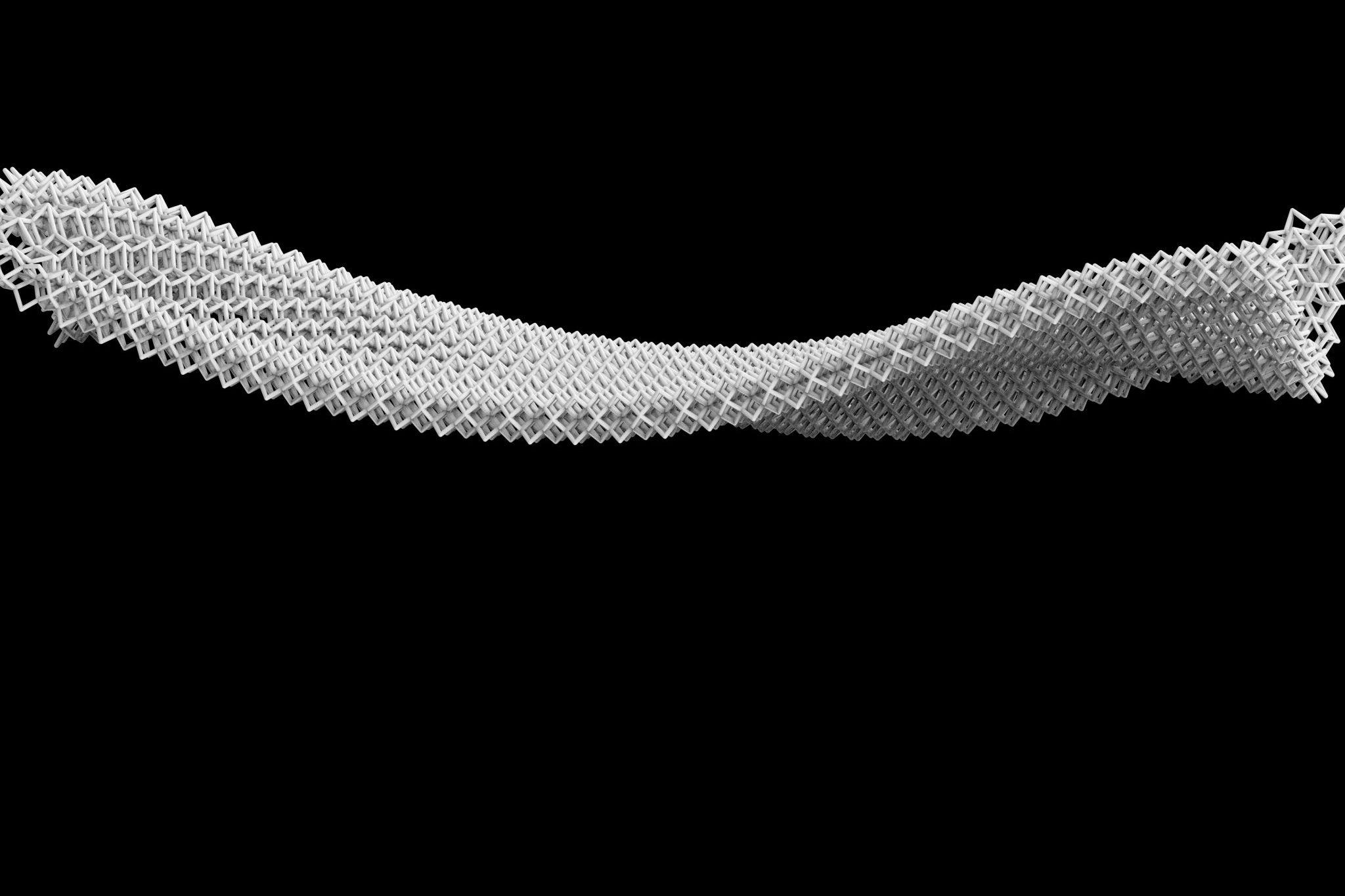Lattice generation software

Achieve next-level performance with the most comprehensive toolset for lattice design and optimization.

Why use nTop for lattice structures?
Lightning-fast lattice generation
Generate complex, scalable lattice structures, with variable thickness and smooth transitions, in seconds.
Complete control over lattice design
Control and fine-tune lattices for performance or aesthetics using field-driven design.
Robust and reusable design processes
Reuse and automate design workflows to accelerate your process and scale.
Applications of lattice structures
Engineers use lattice structures across many applications to design innovative parts with tailored mechanical or thermal properties.
Types of lattice structures
There is a wide range of unit cell types, from graph to surface-based lattice structures, each of which is appropriate for different applications.
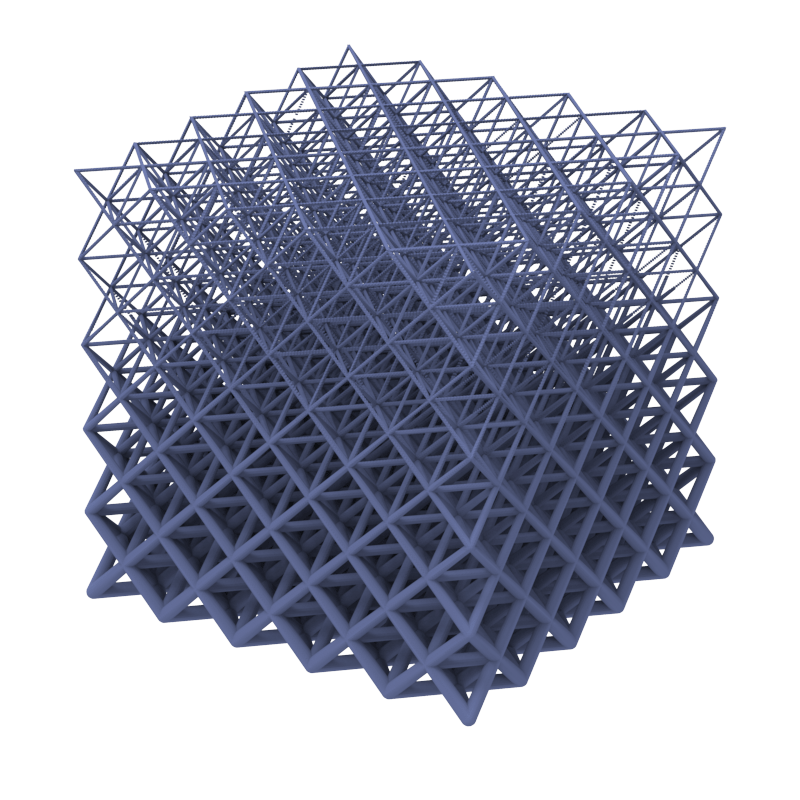
Beam
For lightweight structures with excellent strength-to-weight ratio.
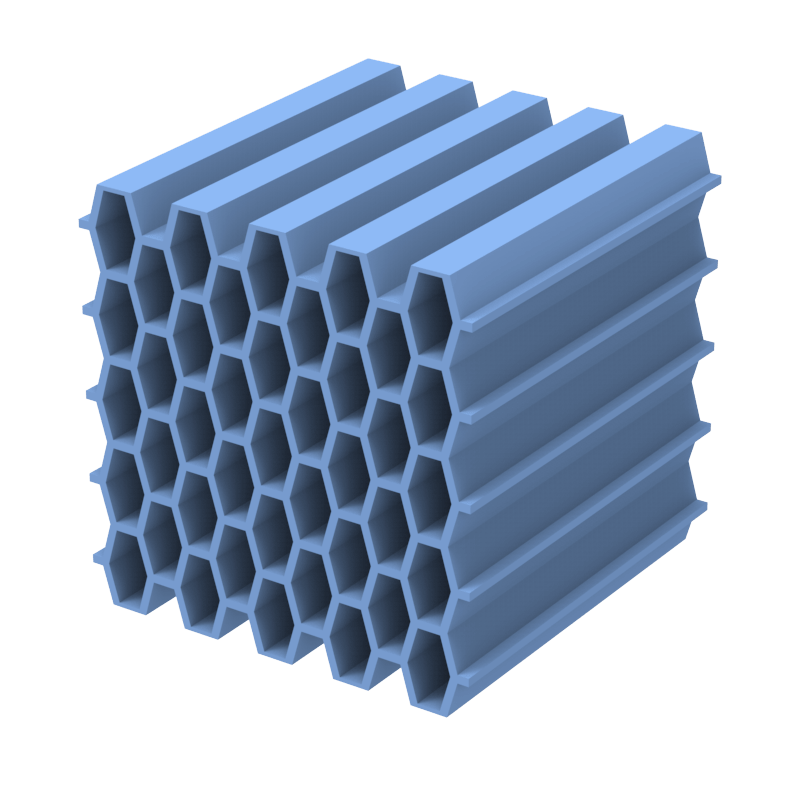
Honeycombs
For structures with high compression strength and directional stiffness.
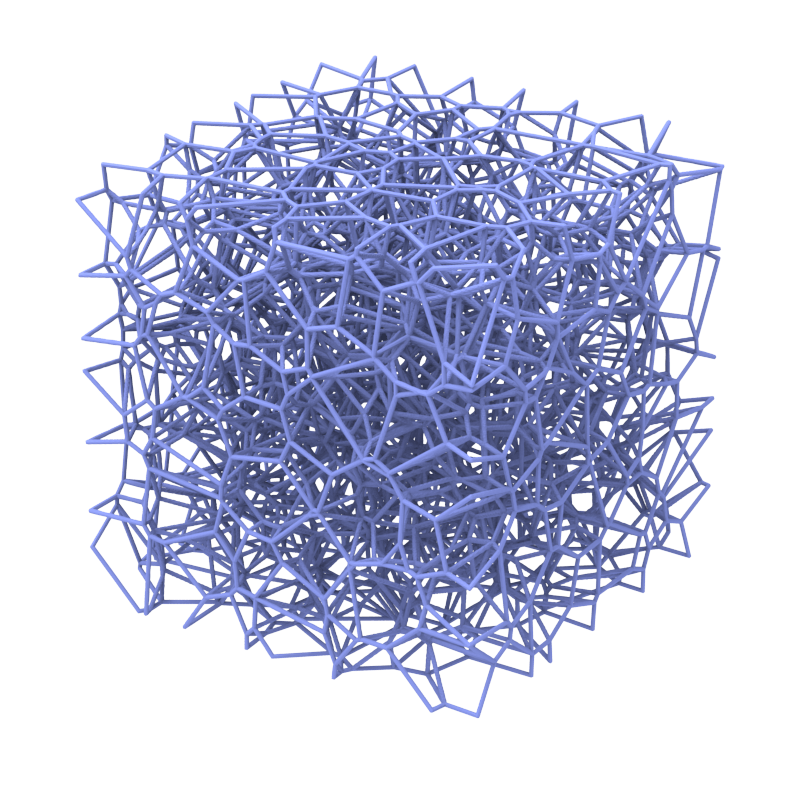
Stochastic
For porous foam-like structures that approximate isotropy at larger sizes.
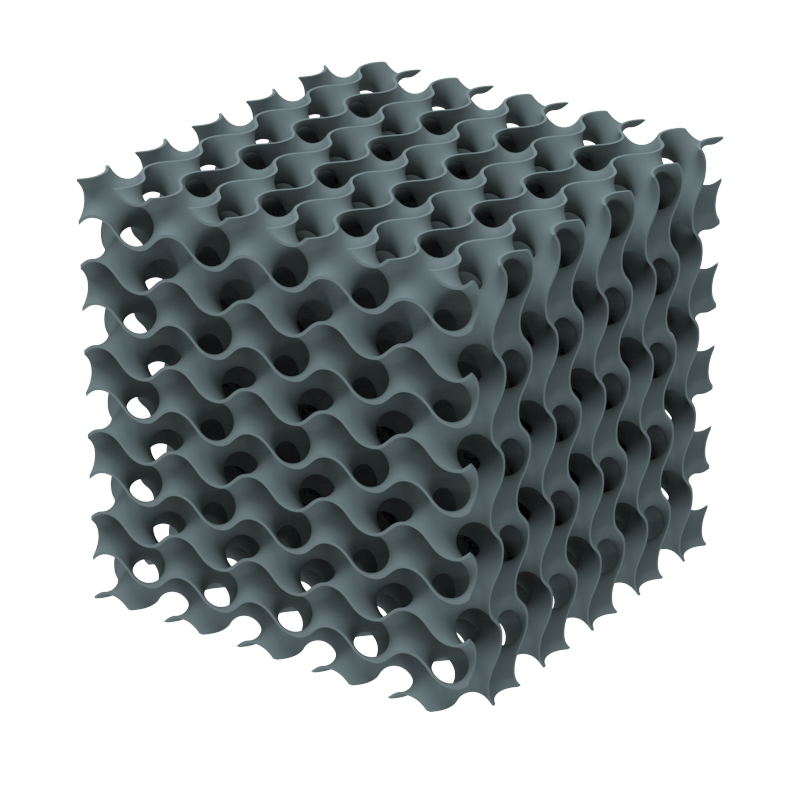
TPMS
For structures with large surface area, high stiffness, and excellent manufacturability.

Aerojet Rocketdyne
Light, reliable quad thruster enables low-cost space exploration
Aerojet Rocketdyne used nTop’s shell-and-infill latticing capability to develop a RCS quad thruster that is 67% lighter and 66% less expensive than competing solutions.
Is your software ready for additive manufacturing?
Traditional software isn’t built to take full advantage of new opportunities for engineers. Maximize the benefits of additive manufacturing with the best advanced latticing tools available.

